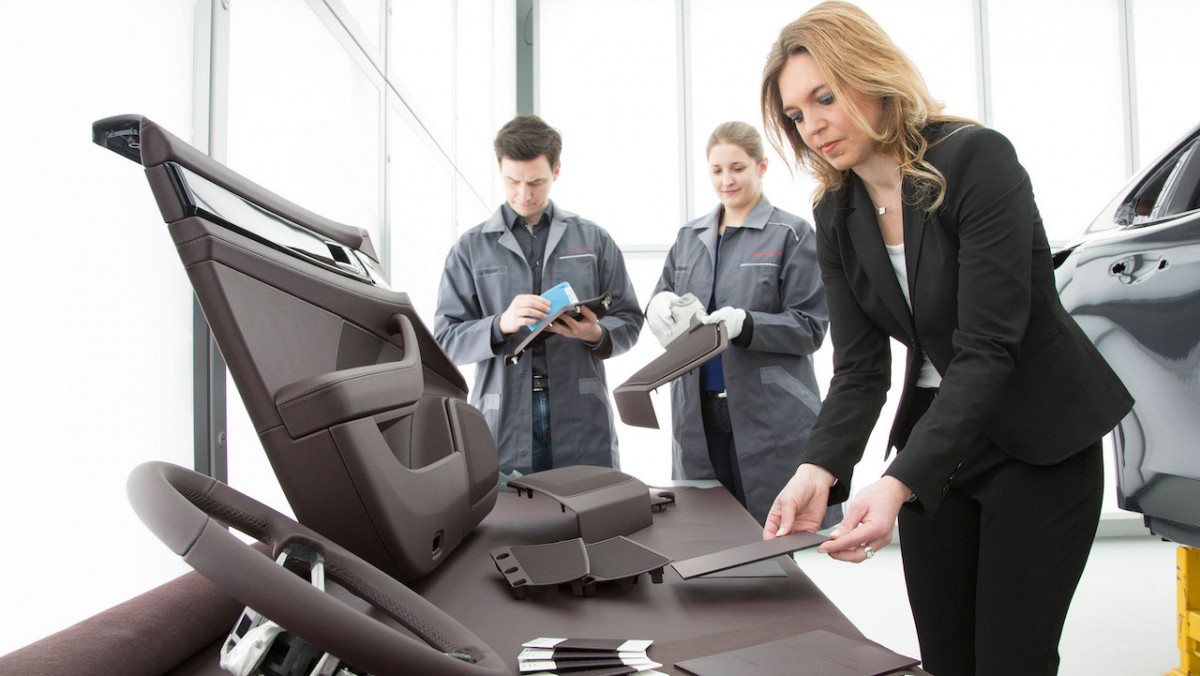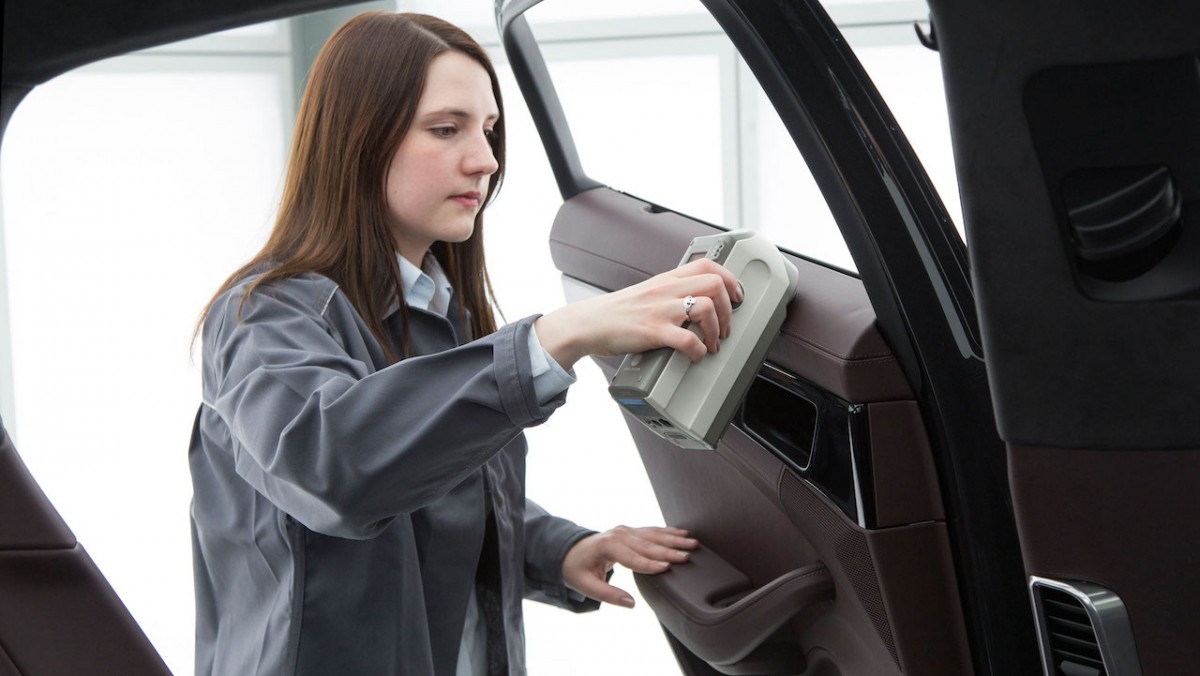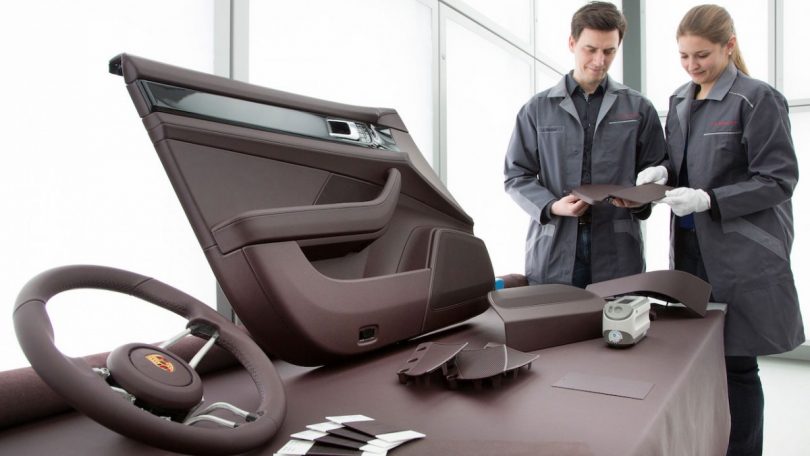Porsche vehicles are highly individualised and come with more than 600 visible components offering an amalgamation of colour schemes in an extremely complex procedure. Porsche offers five single-tone colours and five further two-tone variants for the interiors of the Porsche Panamera and every detail from the carpets to the roof lining must be of the same colour and compatible in every lighting situation. Porsche now reveals how the brand ensures that the colours and materials match their tone in the new Panamera through intensive “colour-matching” techniques used by the brand.
Colour Matching
‘Style Porsche’ defines the interior colours and creates a master colour sample to evaluate paints, plastics, leathers, fabrics, films, carpets and threads. The challenge is to produce the same colour tone on every single part without having a clash. The result is visible only when every part goes on the car and produces a uniform picture when matched to other visible components of the same colour. As the human eye can perceive even the slightest variation the finest differences in colour or gloss level are distinguishable. The objective of colour matching is to create a uniform colour in production vehicles, for example, the Marsala-coloured interior on the Porsche Panamera is a harmonious match to the vehicle.
The Road to Production
Porsche uses 40 different materials for the interiors of the new Panamera and the fine-tuning process takes place in a special lighting booth. The process starts 18 months before the run-up to production. Porsche reveals that the earlier stages start from white and go up to purple but do not match the Marsala red master. Five factors play an important role in component manufacturing – the material, the tool, the process, the process parameters and the colour pigment mixtures. Porsche develops each colour tone using different pigment formulations, however, each formula reacts slightly differently depending on the material or process. This may lead to a deviation in the colour tone of the finished part as per specification.
Metamerism
Four colour examinations take place before the new interior colour can go into series production. This includes the installation of all 600 components in a body in white, which reveals any discrepancies. The deviation is recorded using a spectrophotometer which reveals the miscalculations, for example, the formula may contain the correct amount of red, but a little too much blue, and is just slightly too dark. The brand uses the calculated values to make corrections and bring them to the target specification. But the tough part in the process is Metamerism, a phenomenon that occurs when two colours seem to match in a certain lighting condition but not in another. For example, the component may correspond to the colour Marsala in daylight but show colour deviations in artificial light, such as a garage. Therefore the brand must mix the pigments using a special technique that there is always a uniform colour tone in at least three standard lighting conditions.
The Objective
The objective of colour matching is to create a harmonised colour effect, to the human eye, in the whole passenger compartment creating a general feeling of contentment.






